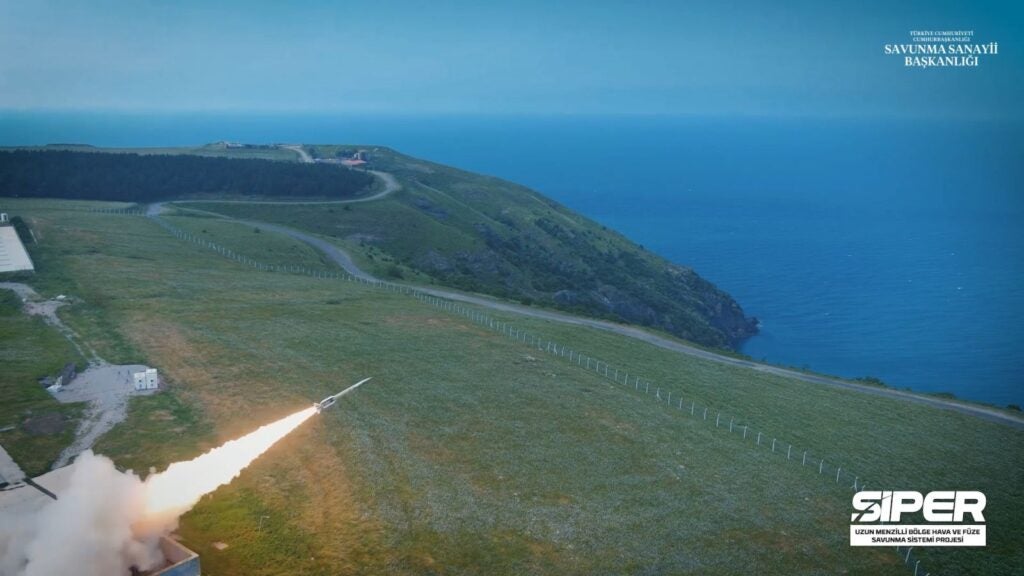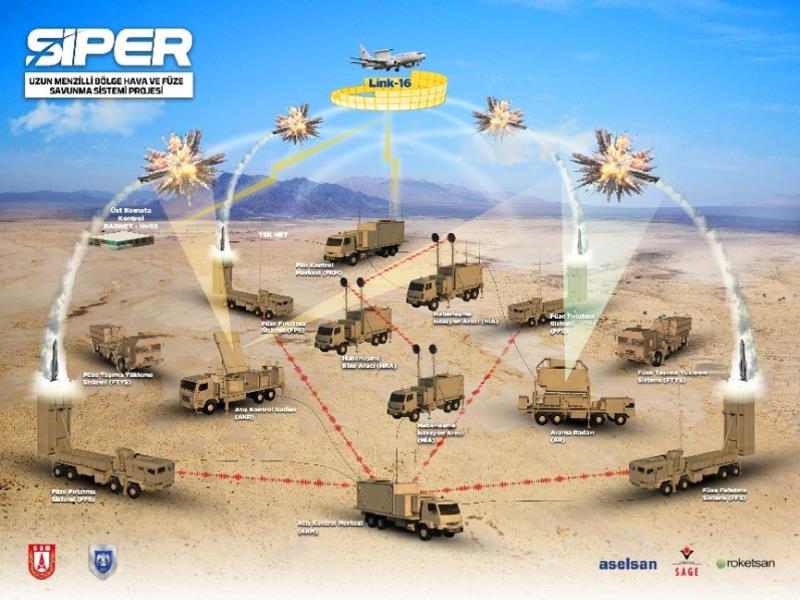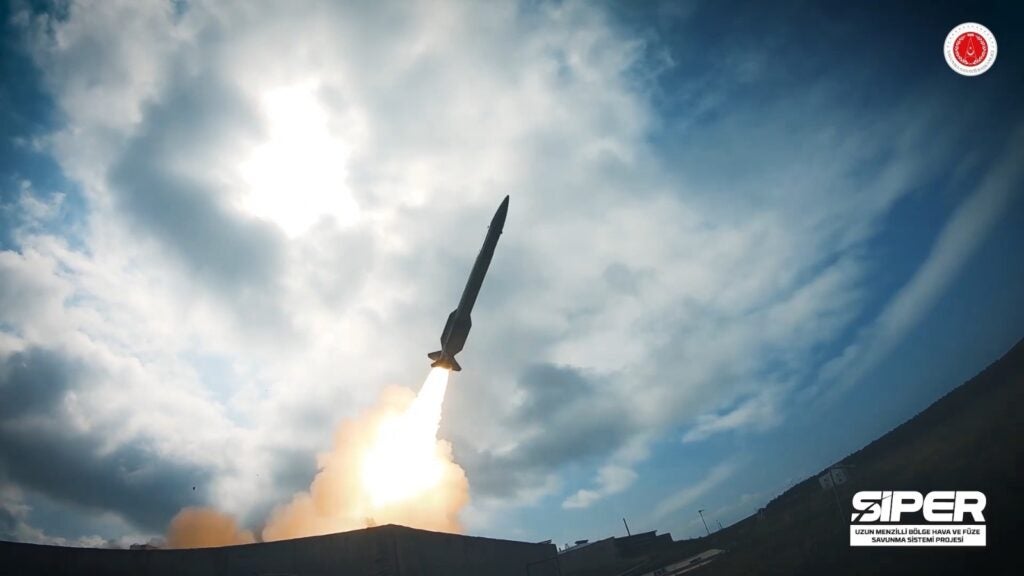Turkey Conducts the First Test-Fire of the Siper Block-2 Long-Range Air Defense Missile
The first test-fire of the SİPER Block-2 Air Defense Missile, developed in collaboration with TÜBİTAK SAGE, Roketsan, and Aselsan to meet Turkey’s long-range area air and missile defense system needs, was successfully completed at the Sinop Test Center. Haluk Görgün, President of the Defense Industry Agency, announced the development on his official X account. In his post Görgün stated, “the first test-fire of SİPER Block-2 was successfully carried out at the Sinop Test Center. I congratulate Aselsan, Roketsan, TÜBİTAK SAGE and all our subcontractors who contributed to the project.”
According to a written statement issued by the Turkish Defense Industry Agency (SSB), the purpose of the test is to collect data under flight conditions of the SİPER Block-2 Air Defense Missile and to use this data in the scope of activities to be carried out in the project’s later stages. While work on the acceptance activities of the Block-1 system is being carried out within the scope of the Siper Project, which was initiated by the SSB and is being carried out in collaboration with Aselsan, Roketsan, and TÜBİTAK Defense Industry Research and Development Institute (SAGE), the System/Subsystem Development and Test Phase of Block-2 is continuing in parallel.
The SİPER Block-1 Air Defense Missile, which was last tested in May 2023, is slated to be delivered to the Turkish Air Force Command this year, along with the SİPER Long Range Area Air Defense Missile System.

SİPER Block-2 uses the same ground systems (radars, command and control, missile launch system, and communication systems) as Block-1, but the
Block-2 missile is effective at a longer range and altitude. While the HİSAR-RF-based SİPER Block-1 Missile has a diameter of 235mm, a length of 5.3m, and a range of 100km, the SİPER Block-2 Missile has a diameter of 420mm, a length of 6.2m and a range of 150 km.

The SİPER Long-Range Area Air and Missile Defense System, which is critical in meeting Turkey’s layered air defense needs with domestic resources, was designed to protect strategic facilities from aerial threats such as aircraft, cruise missiles, air-to-ground missiles, and unmanned aerial vehicles (UAVs) within the scope of areal air defense. According to Aselsan, the SİPER air defense system’s battery structure includes a Fleet Control Center that is linked to the Air Force Radar Network – RADNET.
The Fire Control Center sends data to the Fleet Control Center via a Communication Station Vehicle. A Communication Relay Tool is used for transmission. A Missile Transport Loading System vehicle with four missile launchers, each with six cells, is also part of the battery structure. The system also uses Link-16 to transfer data from an Airborne Early Warning and Control Aircraft.

